IAS 16 Property plant and equipment- complete overview in financial reporting/f7
In the world of financial accounting, precision and transparency are paramount. One foundational International Accounting Standard that encapsulates these principles is IAS 16, focusing on Property, Plant, and Equipment. In this comprehensive guide, we’ll embark on an extensive journey through the intricacies of IAS 16. From understanding its core principles to navigating the complexities of accounting for tangible assets, we’ll equip you with the knowledge you need. Plus, we’ll explore real-world examples to provide context, and along the way, we’ll shed light on how Mirchawala’s continues to set the standard for excellence in financial education. Think of joining Financial Reporting FR (F7) ACCA course to add wings to your career.
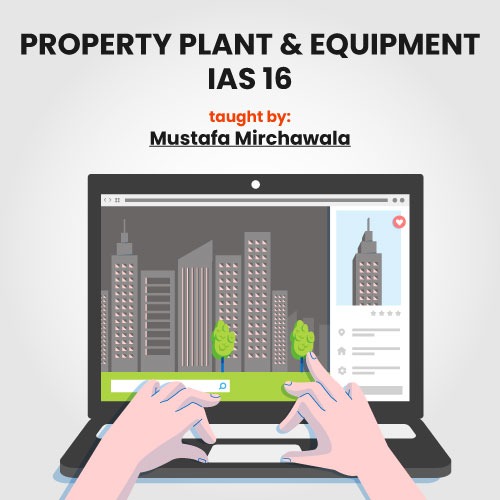
IAS 16 lays the groundwork for recognizing, measuring, and disclosing Property, Plant, and Equipment. These assets, encompassing everything from office buildings to manufacturing machinery, are the lifeblood of countless industries. Understanding how to account for them accurately is essential for financial transparency.
Recognition and Initial Measurement:
IAS 16 dictates that Property, Plant, and Equipment should be recognized as assets when it is probable that they will generate future economic benefits and their cost can be reliably measured. Initially, these assets are recorded at cost, which includes all expenditures necessary to bring them to the condition necessary for their intended use. This cost may include purchase price, import duties, and any directly attributable costs.
Subsequent Measurement:
After initial recognition, entities have a choice between two models for subsequent measurement:
1) Cost Model:
Under this model, assets are carried at their historical cost less any accumulated depreciation and accumulated impairment losses.
2) Revaluation Model:
Here, assets are carried at their fair value at the date of revaluation less any subsequent accumulated depreciation and accumulated impairment losses.
Depreciation and Amortization:
IAS 16 prescribes the systematic allocation of the depreciable amount of an asset over its useful life. This reflects the consumption of the asset’s economic benefits. Depreciation methods such as straight-line, reducing balance, or units-of-production can be used. The choice of method should be based on the pattern in which the asset’s future economic benefits are expected to be consumed.
Impairment Testing:
Regular impairment tests are required to assess whether an asset’s carrying amount exceeds its recoverable amount. If this is the case, the asset is considered impaired, and its carrying amount is adjusted down to its recoverable amount.
Disclosure Requirements:
IAS 16 mandates comprehensive disclosures about Property, Plant, and Equipment. This includes information about measurement bases used, the depreciation method applied, the useful lives or depreciation rates used, and any restrictions on title or property pledged as security for liabilities.
Next, we will check some real-life examples. Meanwhile, you can explore the Mirchawala’s Hub of Accountancy to find the right guidance for your ACCA Career.
Real-Life Examples:
1) Manufacturing Facility:
Imagine a manufacturing company that acquires a state-of-the-art production facility for $5 million. The facility is expected to have a useful life of 20 years and no residual value. According to IAS 16:
Recognition: The facility is recognized as an asset because it is probable that future economic benefits will flow to the entity (through increased production) and the cost ($5 million) can be reliably measured.
Measurement: Initially, the facility is recorded at its cost of $5 million.
Depreciation: Using the straight-line method, the annual depreciation expense is $250,000 ($5 million / 20 years).
Subsequent Measurement: At the end of the first year, the facility’s carrying amount would be $4.75 million ($5 million – $250,000), and this process continues over its useful life.
2) Real Estate Portfolio:
A real estate company with a diverse portfolio of properties follows IAS 16 for accounting. Each property, whether it’s an office building, residential complex, or shopping center, is initially recognized at its cost. Depreciation is calculated based on the estimated useful life of each property. Additionally, regular impairment tests are conducted to ensure that the carrying amount of each property reflects its recoverable amount accurately.
Mirchawala’s Dedication to Achieving the Highest Standards:
Since 2009, Mirchawala’s Hub Of Accountancy has served as an inspiration for excellence in financial education. As a Gold Learning Provider, Mirchawala is aware of how important IAS 16 is in influencing accounting practices all across the world. Their committed founders—ACCA members with real-world experience—ensure that students not only understand the academic facets of standards like IAS 16 but also receive practical insights into their real-world applications. Ultimately, IAS 16 is the foundation for a precise and open accounting of property, plant, and equipment. It provides businesses with guidance on identifying, quantifying, and revealing these important assets so that stakeholders can make wise financial decisions. Students are prepared to succeed in the field of financial accounting with Mirchawala’s dedication to quality, successfully adopting these standards in their careers. Additionally, Sir Mustafa Mirchawala, the director of Mirchawala’s Hub Of Accountancy, is a highly sought-after speaker who is renowned for his ability to make complex ideas understandable. Sir Mustafa is a specialist in IFRS/UK Taxation with more than 15 years of professional training expertise in financial management and international financial reporting standards. He is the chief executive officer of Mirchawala’s Hub of Accountancy, one of the top schools for the ACCA, ICAEW, CIA, and CFA. Over the course of more than 17 years, he has taught numerous ACCA and ICAEW papers. In addition to helping our students, his presence has a significant positive impact on both the business and academic worlds. With recognition like this and outstanding instructors like Sir Mustafa Mirchawala, Mirchawala’s Hub Of Accountancy continues to provide top-tier financial education that shapes the leaders of tomorrow.
Written by an inspired ACCA student at Mirchawala Hub Of Accountancy
Muhammad Umer Imran
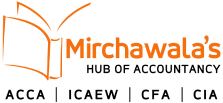

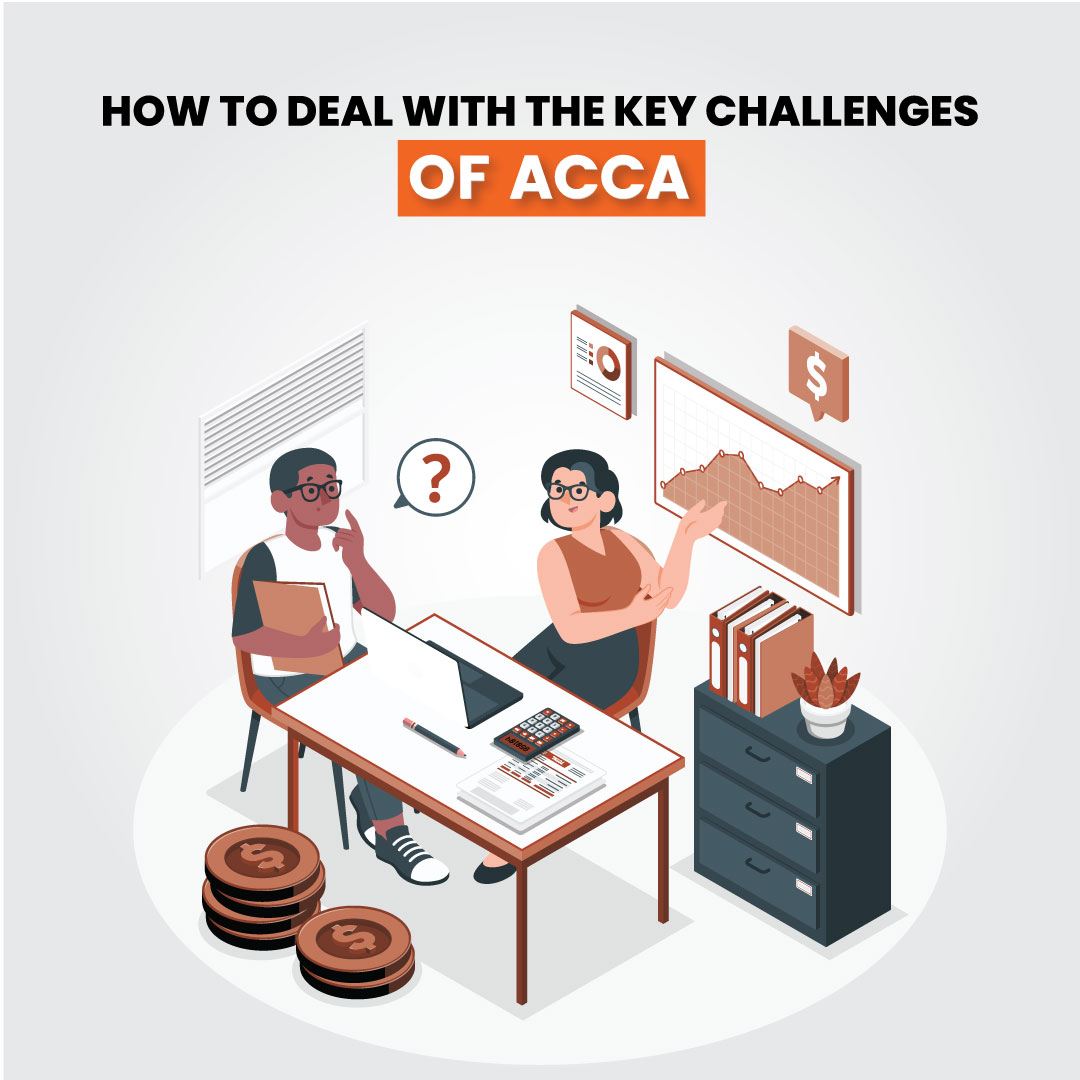


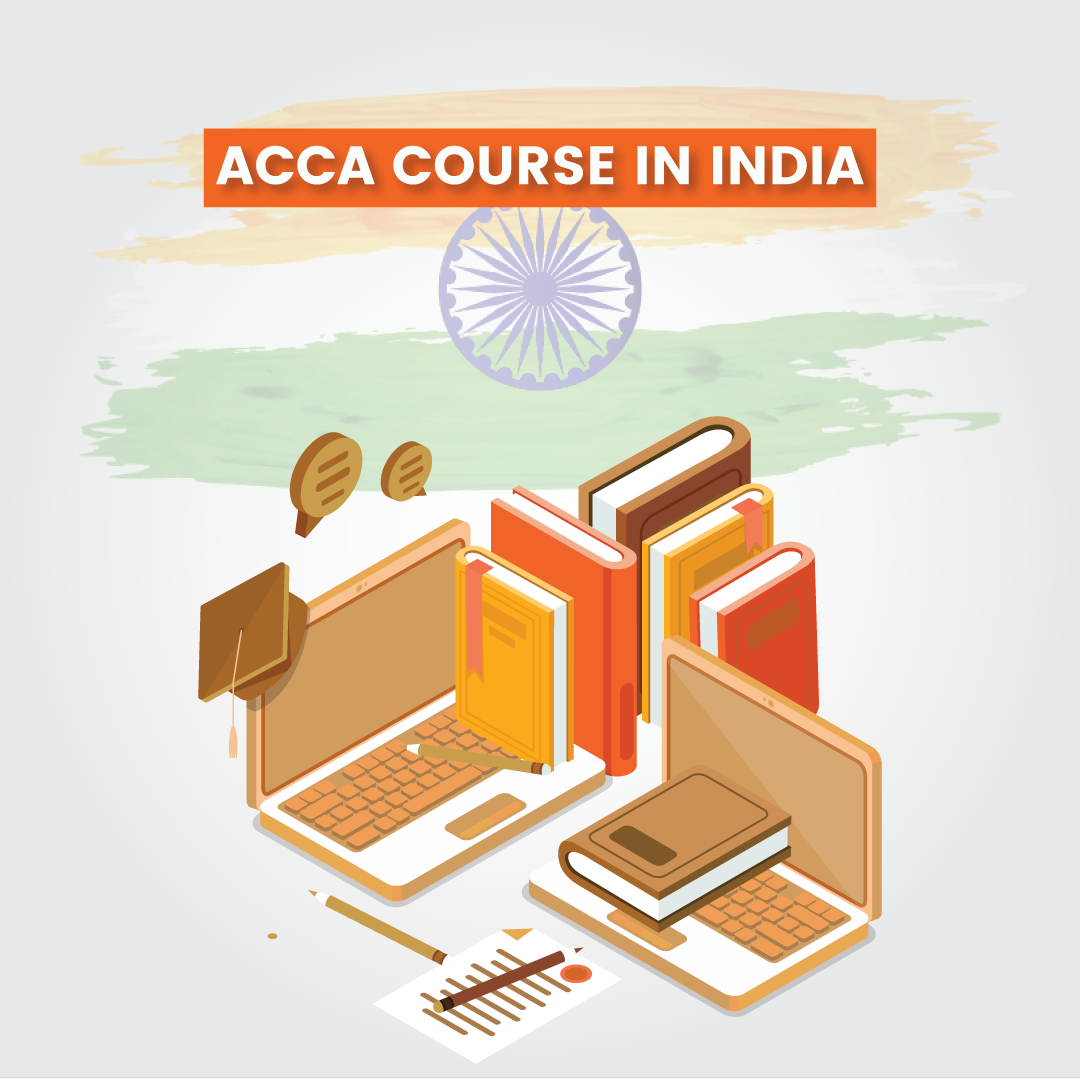
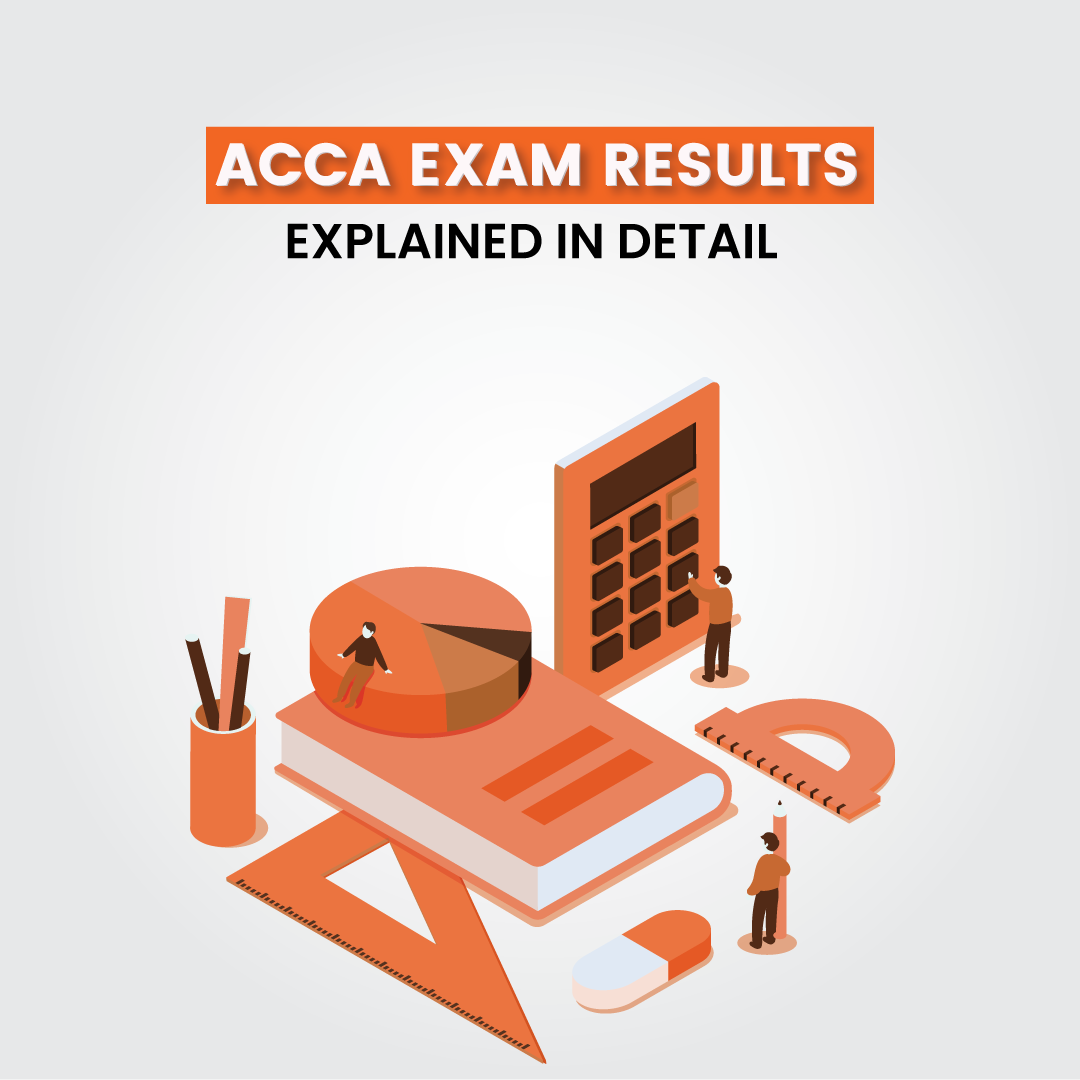

[…] equal to the asset’s cost less any estimated residual sales value or disposal value. IAS 16 – Property, Plants and Equipment defines; The residual value of an asset is the estimated amount that an entity would currently […]
[…] September 21, 2023 […]
[…] Zoological Park: No, we will not apply IAS 41 on animals in the zoo, although they are a biological asset but doesn’t meet the three conditions set by this standard, they are not for sale purpose, they are not used for agricultural produce nor they are being kept for the breeding purpose. it is a place where various living animals are kept within enclosures, displayed to the public, and may be used for study. therefore this doesn’t fall under the scope of IAS 41. They are under the scope of IAS 16-Property, Plant, and Equipment. […]
[…] to the treatment in IAS 16 and IAS 38, the cost model of IAS 40 requires the property to be recorded at its cost less […]
Comments are closed.